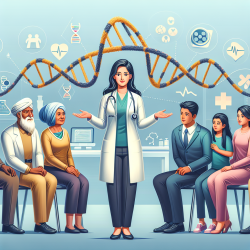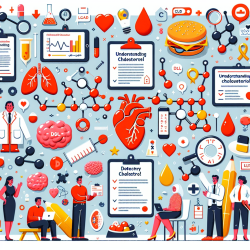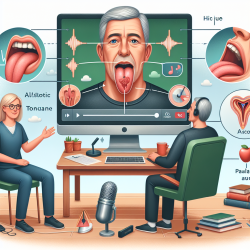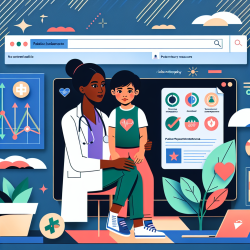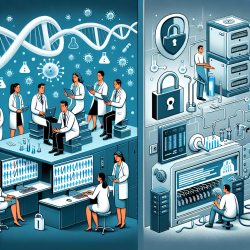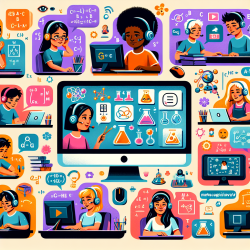Introduction
In the ever-evolving field of genetic counseling, effective communication between counselors and patients is crucial, especially when dealing with diverse and underserved populations. The research article "Information Mismatch: Cancer Risk Counseling with Diverse Underserved Patients" sheds light on the challenges faced by genetic counselors in bridging the communication gap with patients from varied linguistic and cultural backgrounds. This blog post aims to highlight the key findings of the research and provide practical strategies for practitioners to enhance their communication skills, ultimately improving patient outcomes.
Understanding the Communication Gap
The study observed 170 genetic counseling (GC) appointments involving 124 patients from English-, Spanish-, and Chinese-speaking backgrounds. It revealed a fundamental mismatch between the information provided by genetic counselors and the information that patients found meaningful. This mismatch often led to ineffective communication, which can exacerbate health disparities.
Key issues identified include:
- Excessive information that overwhelms patients.
- Use of complex terminology and concepts that are difficult for patients to grasp.
- Information perceived as irrelevant by the patient.
- Unintentional inhibition of patient engagement and question-asking.
- Vague discussions of screening and prevention recommendations.
Strategies for Improved Communication
To address these challenges, genetic counselors can implement several strategies to improve their communication with patients:
- Simplify Information: Provide concise, relevant information tailored to the patient's needs and comprehension level. Avoid overwhelming patients with excessive details.
- Use Plain Language: Replace complex medical jargon with simple, clear language. Ensure that explanations are straightforward and easy to understand.
- Engage Patients: Encourage patients to ask questions and express concerns. Use open-ended questions to facilitate dialogue and ensure that patients feel comfortable engaging in the conversation.
- Utilize Visual Aids: Incorporate visual aids, such as diagrams or pictograms, to help convey complex information more effectively.
- Apply Teach-Back Method: Use the teach-back method to confirm patient understanding. Ask patients to explain back the information in their own words to ensure clarity.
The Role of Cultural Competence
Cultural competence is vital in genetic counseling, especially when working with diverse populations. Practitioners should be aware of cultural differences that may influence patient perceptions and communication preferences. Tailoring communication strategies to accommodate cultural nuances can enhance patient satisfaction and understanding.
Encouraging Further Research
While the study provides valuable insights into communication challenges in genetic counseling, further research is needed to explore innovative communication models and strategies. Practitioners are encouraged to engage in ongoing education and training to enhance their skills in working with diverse patient populations.
Conclusion
Effective communication in genetic counseling is essential to reducing health disparities and improving patient outcomes. By adopting evidence-based communication strategies and fostering cultural competence, practitioners can bridge the information gap and empower patients to make informed decisions about their health.
To read the original research paper, please follow this link: Information Mismatch: Cancer Risk Counseling with Diverse Underserved Patients.
